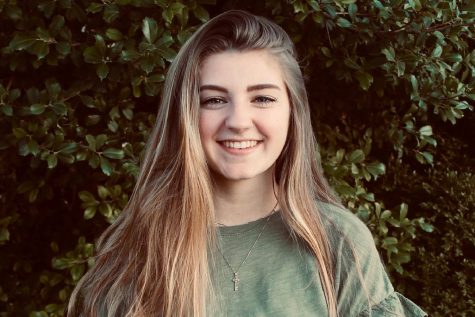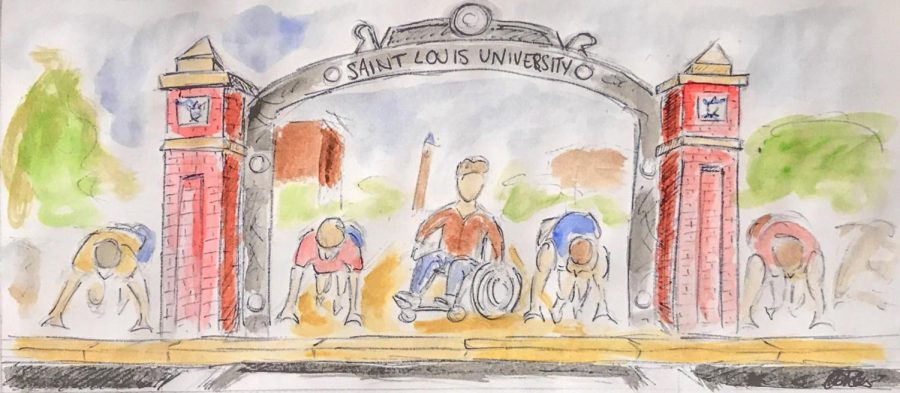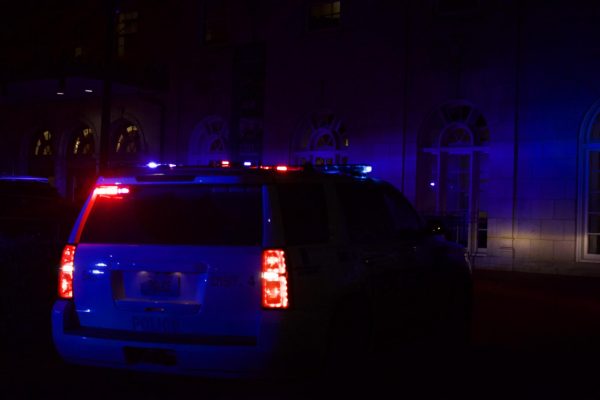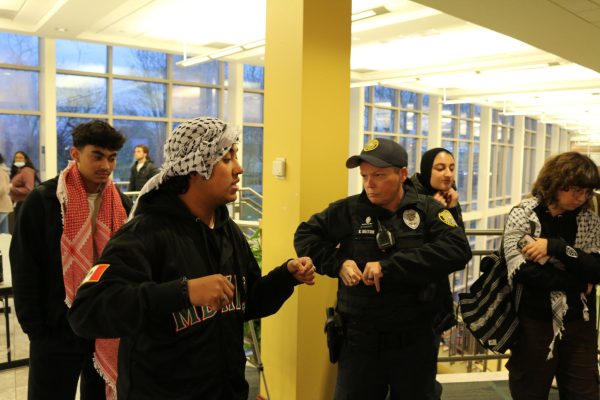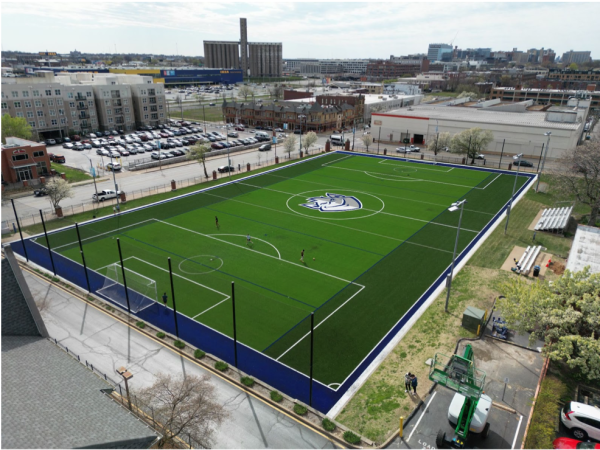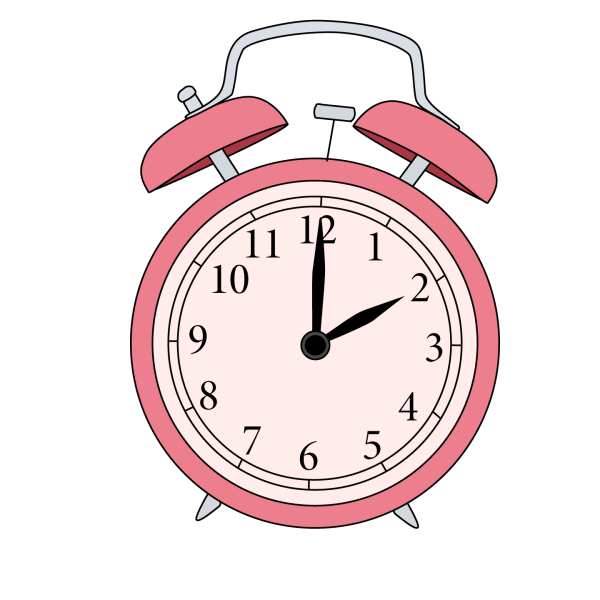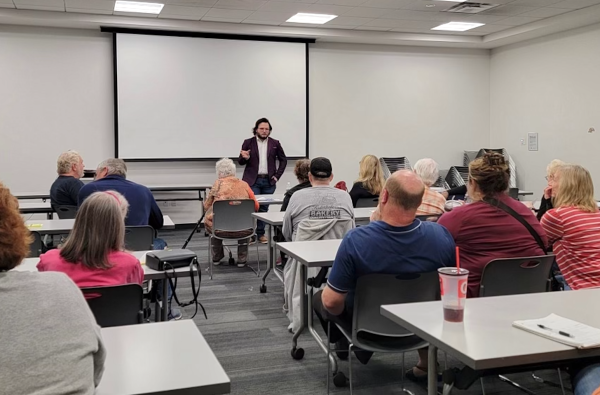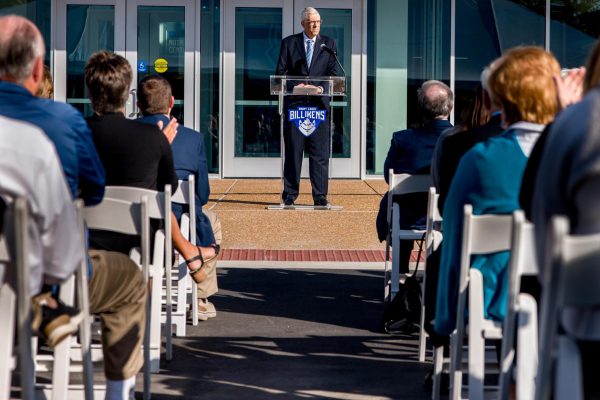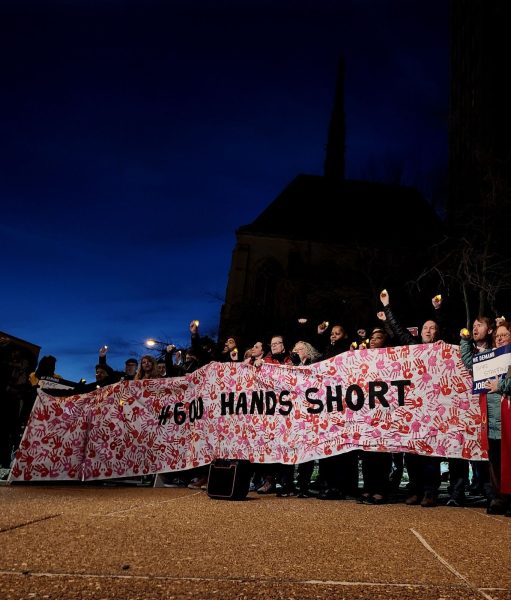SLU’s Campus Lacks Disability Accommodations
“Imagine a student who has primarily a mobility disability trying to get somewhere that has food on a super icy day,” said junior Samantha Moore. “If they were to slip and fall, that would be really embarrassing for that student…[and] a real challenge of trying to find someone to help you get up and get to your destination safely.”
This could be the unfortunate reality for many students with disabilities on SLU’s campus. However, icy sidewalks during the winter are not the only thing that these students must worry about on a daily basis.
Double majoring in elementary and special education, Moore is one of the students who sees many flaws in SLU’s campus accommodations.
While SLU may be able to call themselves accessible in the context of the American Disabilities Act, Moore believes that they do not take their amount of accommodations as seriously as they should.
“There are multiple ways that we could improve how we structure the buildings at SLU,” said Moore. Specifically, she finds issues with the lack of handicapped doors, housing accommodations and outdated buildings on campus.
“One issue we have currently with accommodations on campus are with accessible dorms, having the button that they can push,” said Moore.
Many rooms on campus, although deemed handicapped accessible and passing the ADA’s guidelines to house those with disabilities, do not have buttons to push that automatically open doors. This is an issue for many people with disabilities who often have limited use of their hands.
Although, according to Disabilities Services Director Matthew Sullivan, Ph.D., this is not an issue that is within the abilities of SLU to handle – it all comes down to the law. While Disabilities Services works to change everything that they can, the law provides many roadblocks and delays in approving any changes made to campus. However, Disabilities Services is doing their best to exceed the ADA expectations.
“The ADA is a floor, not a ceiling” Sullivan said, meaning that they “are compliant with accessibility laws” but feel that they can “push that further because nothing’s saying that it can’t be a 100-foot ceiling versus a 10-foot ceiling.”
Ultimately, Sullivan believes that Disabilities Services’ main goal should be “figuring out from a Jesuit mission standpoint, how tall can we make this ceiling that we’re supporting.”
Moore also states that the disability entrances of campus buildings require students with disabilities to go “in a completely different way than other students do and that can be a major hassle, causing you to take more time to get to certain places than could be unnecessary.” While this aggravates Moore, she finds a specific problem with the way that students with disabilities must enter lecture halls.
In one of her lectures, a student with a disability had to take the elevator to the bottom floor, enter with the professor before class, sit in the front row and then make sure to leave with the professor so they didn’t get stuck at the bottom of the lecture hall after class.
“What if they don’t want to sit in the front? Where is their choice in the matter?” said Moore.
Although the SLU administration advertises how old many of the buildings on campus are, this is unfortunately reflected in their out-of-date disability accommodations as well. Even with the newer additions to SLU’s campus, like Grand and Spring Hall, there are still areas that are lacking.
“I think we are on the right track to making a lot of places more accessible, such as the new buildings are more accessible for students with disabilities, but maybe not as accessible as they should be,” said Moore.
With Moore’s sophomore year roommate being handicapped, she thought it was necessary for Housing and Residential Life to account for how much room a person may need with their disability–but even the new dorms couldn’t cut it.
“I lived in Grand Hall last year which was big and beautiful, and we lived in an accessible room, however, there sometimes can be a lot of equipment that comes with someone’s disability and sometimes it’s hard to find places to put everything,” she said.
Sullivan also sees some issues in the construction of Grand Hall, although the right intentions were evident. One problem was that the handicapped rooms were only constructed on the second floor and up.
“It’s kind of like the Leaning Tower of Pisa. We have this amazing monumental structure, and then at the very end…. Does that look straight to you?” Sullivan said. While he believes that “the people who are doing it are incredible, well intentioned and they are thinking of people with disabilities it’s just kind of like there’s one small missing piece,” he stated.
For Sullivan, that missing piece is asking “who are the students being brought into the conversations?” – which is an issue that he plans to tackle with construction in the future.
Although, for Moore, it becomes hard to feel school pride for a campus that seemingly excludes those who are disabled. “I know as a special education major specifically, I am very attuned to what areas are not accessible… you see that there are a lot of things that are off limits, which they shouldn’t be,” she said.
This is often the case for junior Rene Runions, a wheelchair user whose voice is frequently unheard when it comes to demanding change for disabled students like herself.
“I can only speak from being a wheelchair-user perspective, but several buildings, such as the lower [level] of the BSC, Postal Office and Starbucks” are not easily accessible for her. “I’ve tried getting these accessible buttons for the past 2 years I’ve attended SLU,” said Runions.
While conditions on SLU’s campus may be livable for students with disabilities, it is more difficult than it could be for a group that is already at a disadvantage mobility-wise.
Even if students are not going into a special education field like Moore, the hope is that all of the SLU community take into account how much more difficult life on campus is for those with a disability. Hopefully, this will cause all students to help be the change that the disabled community needs.
The first way that Sullivan and the rest of Disabilities Services plans to take on some of these concerns is with the construction of new STEM buildings on campus. “When it comes to our meetings with facilities, there’s a meeting come March, that it’s my desire to have students who are using wheelchairs and other students as well to attend,” he said. Sullivan believes that one of the most vital parts of his job is to acknowledge disabled students’ voices and make life on campus as comfortable as possible for students.
Moore agreed and said that, “just with small efforts and with more community outreach there could be a lot of change in that area to make people even more proud of the accessibility and the safety and support of our campus for students with disabilities.”
Sullivan believes that support for disabled communities is within the responsibility of a Jesuit institution like SLU. “The mission is compelling us be drawn to the margins, or just supporting those who have needs that are different from the majority,” he said.
Your donation will support the student journalists of Saint Louis University. Your contribution will help us cover our annual website hosting costs.
